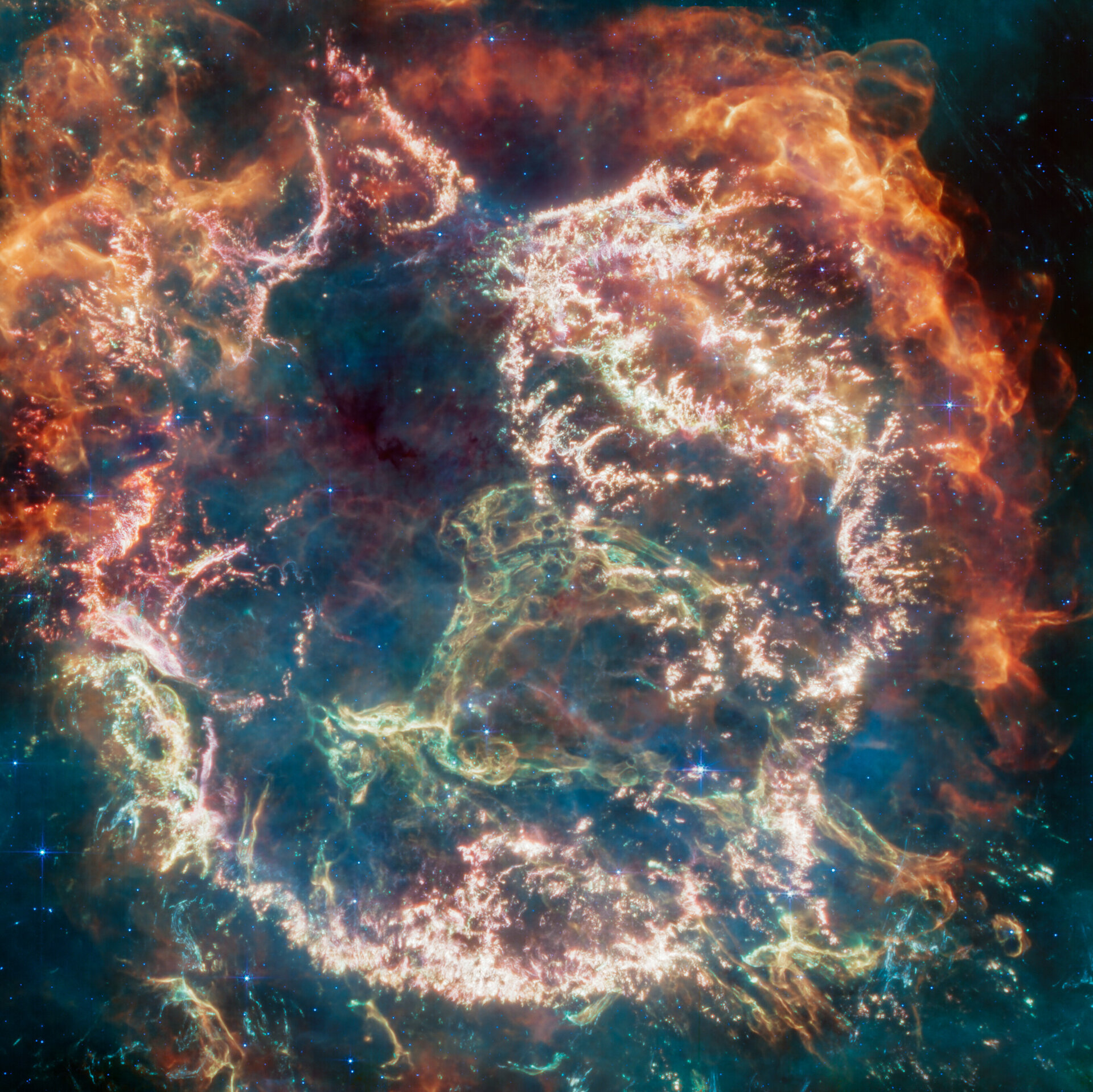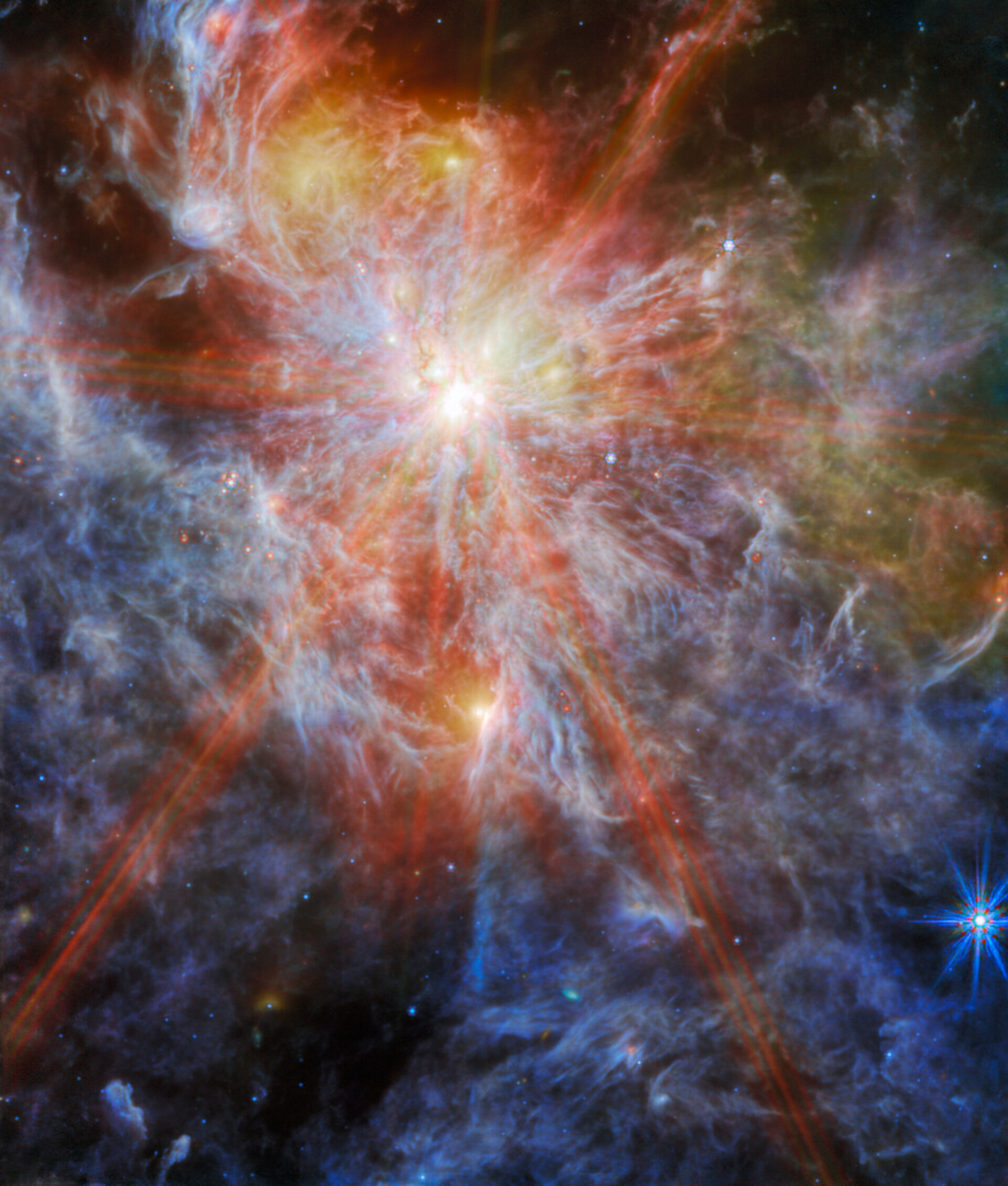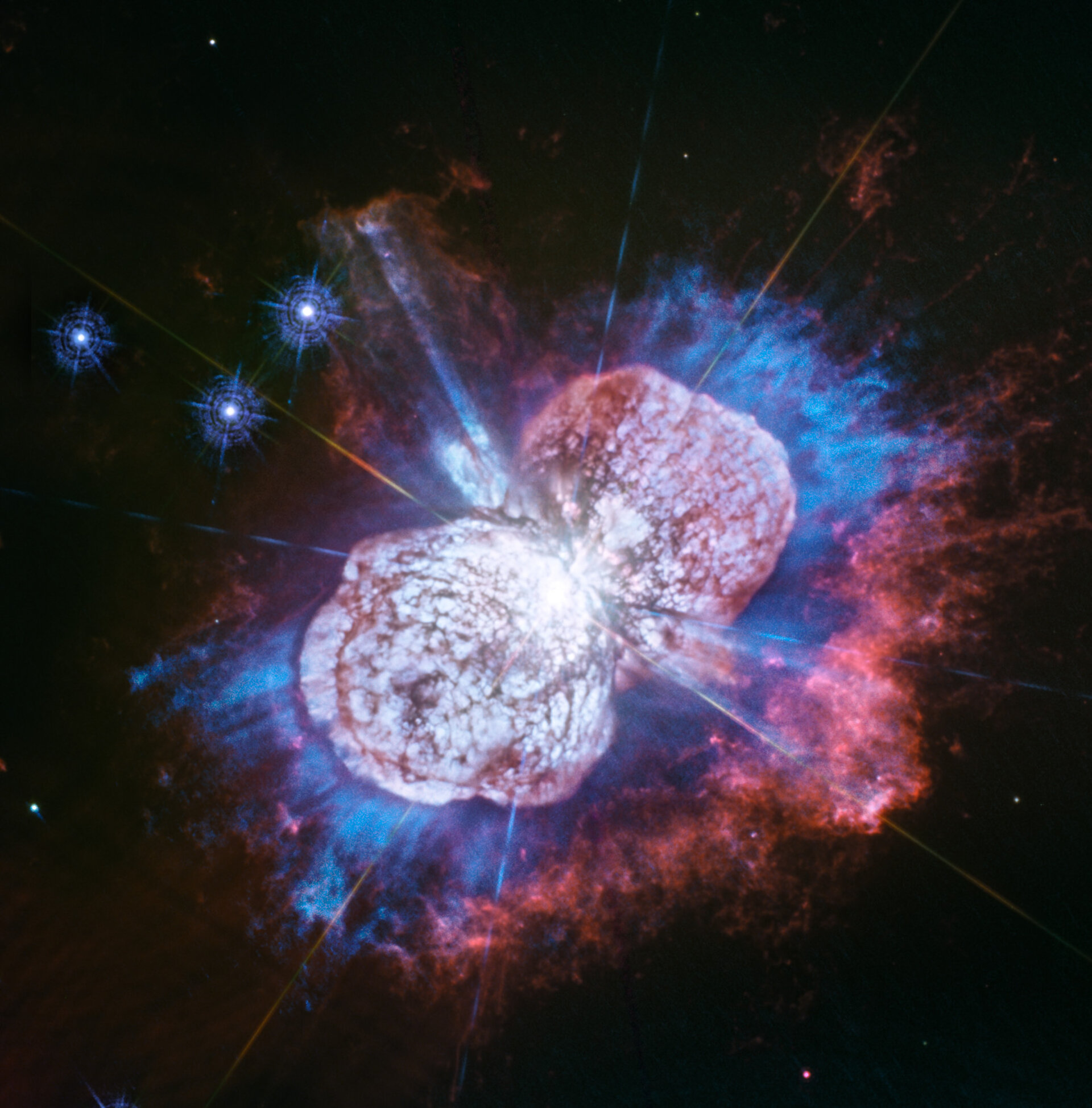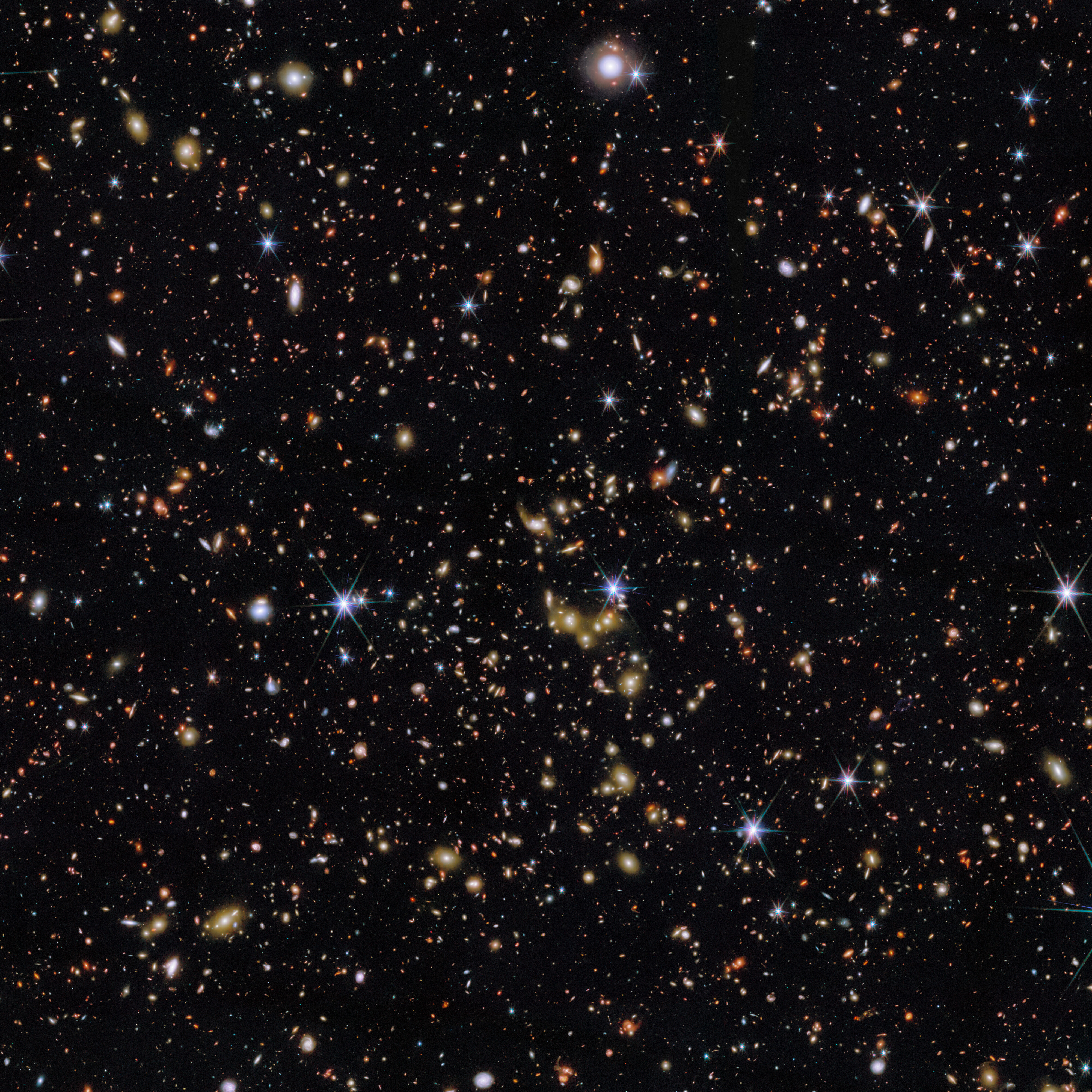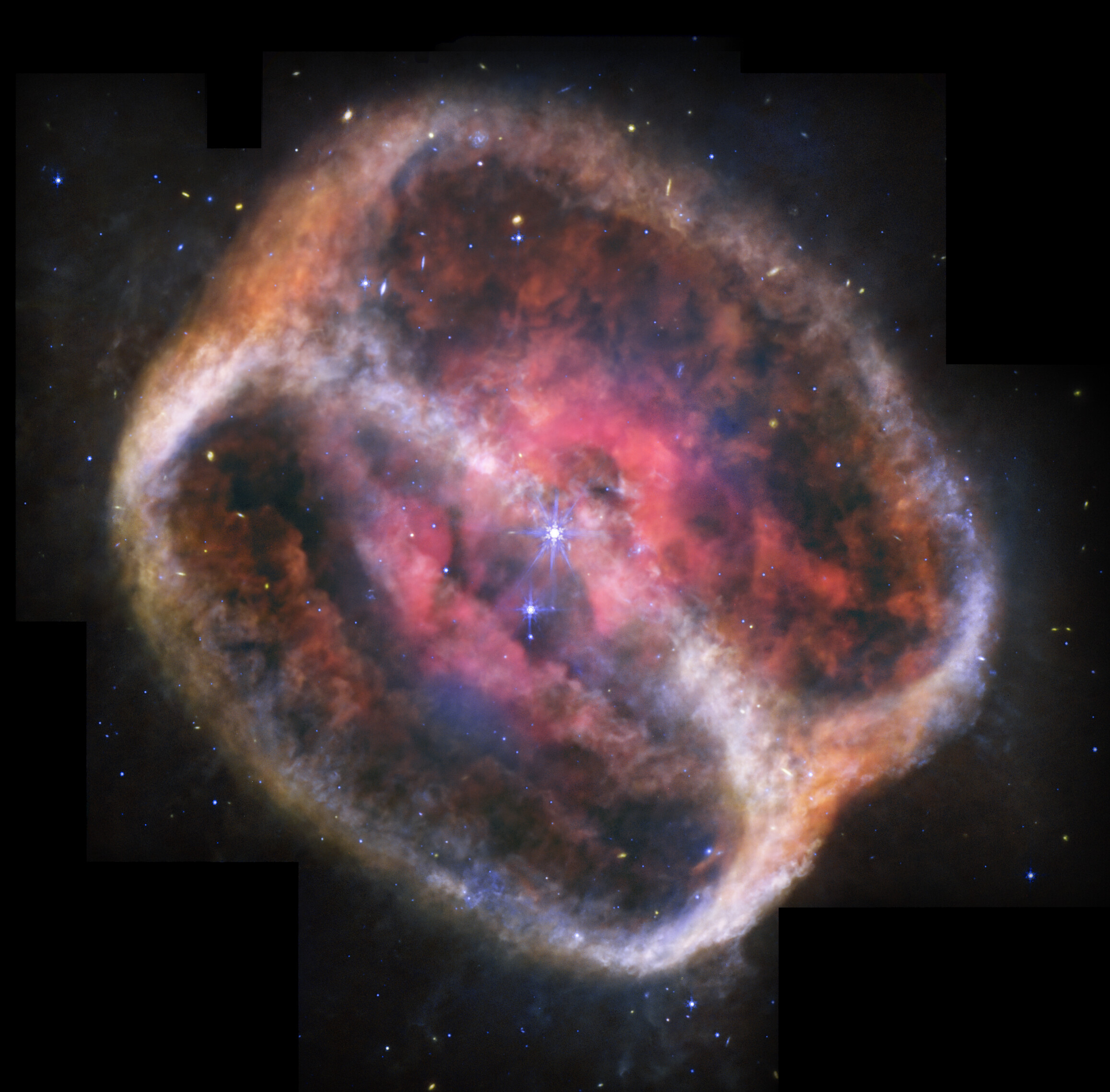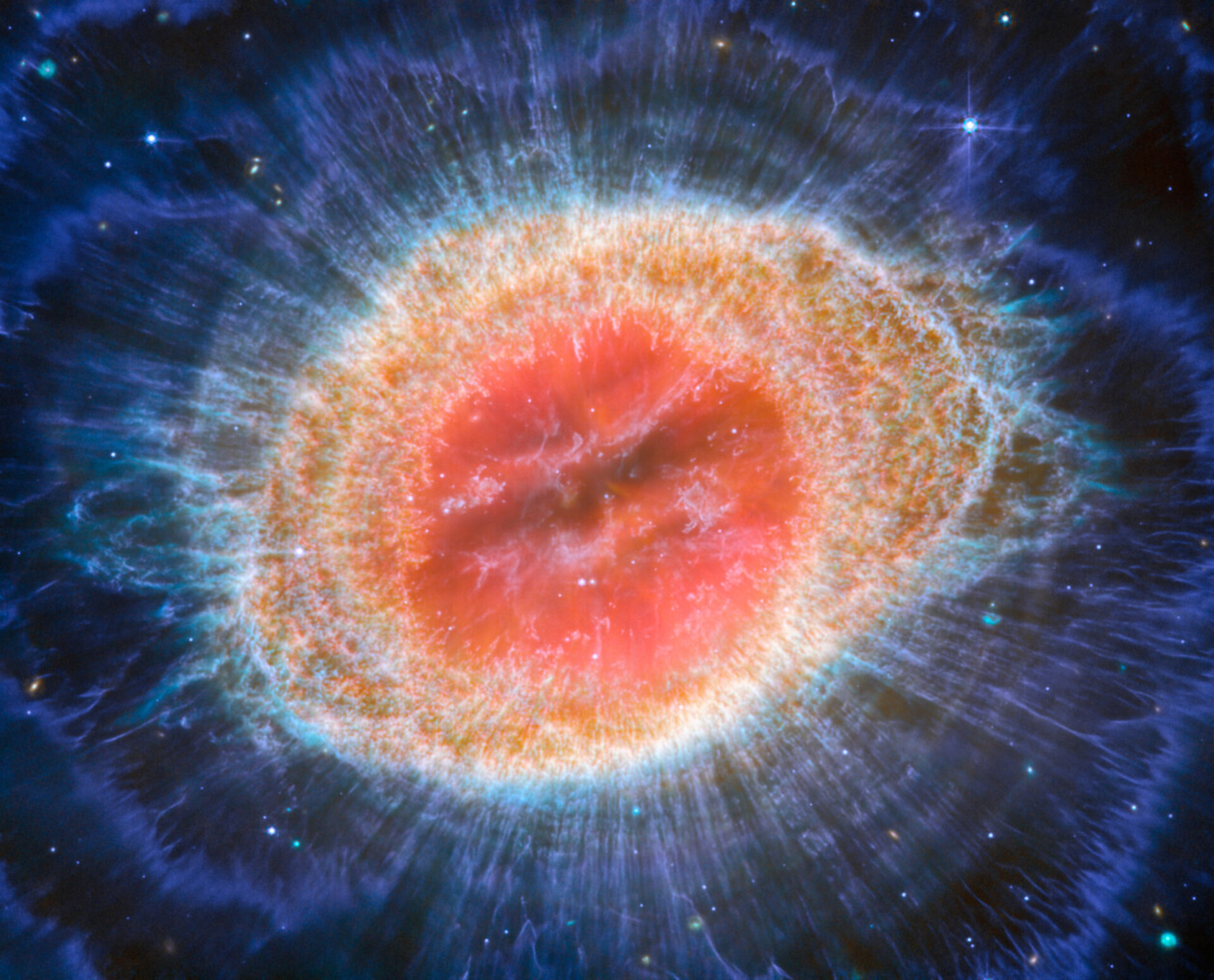The search for life beyond Earth has led scientists to explore many suggestive mysteries, from plumes of methane on Mars to clouds of phosphine gas on Venus. But as far as we can tell, Earth’s inhabitants remain alone in the cosmos.
Now a team of researchers is offering what it contends is the strongest indication yet of extraterrestrial life, not in our solar system but on a massive planet, known as K2-18b, that orbits a star 120 light-years from Earth. A repeated analysis of the exoplanet’s atmosphere suggests an abundance of a molecule that on Earth has only one known source: living organisms such as marine algae.
“It is in no one’s interest to claim prematurely that we have detected life,” said Nikku Madhusudhan, an astronomer at the University of Cambridge and an author of the new study, at a news conference on Tuesday. Still, he said, the best explanation for his group’s observations is that K2-18b is covered with a warm ocean, brimming with life.
“This is a revolutionary moment,” Dr. Madhusudhan said. “It’s the first time humanity has seen potential biosignatures on a habitable planet.”
The study was published Wednesday in the Astrophysical Journal Letters. Other researchers called it an exciting, thought-provoking first step to making sense of what’s on K2-18b. But they were reluctant to draw grand conclusions.
“It’s not nothing,” said Stephen Schmidt, a planetary scientist at Johns Hopkins University. “It’s a hint. But we cannot conclude it’s habitable yet.”
If there is extraterrestrial life on K2-18b, or anywhere else, its discovery will arrive at a frustratingly slow pace. “Unless we see E.T. waving at us, it’s not going to be a smoking gun,” said Christopher Glein, a planetary scientist at the Southwest Research Institute in San Antonio.
Canadian astronomers discovered K2-18b in 2017, while looking through ground-based telescopes in Chile. It was a type of planet commonly found outside our solar system, but one without any analog near Earth that scientists could study closely for clues.
These planets, known as sub-Neptunes, are much bigger than the rocky planets in our inner solar system, but smaller than Neptune and other gas-dominated planets of the outer solar system.
In 2021, Dr. Madhusudhan and his colleagues proposed that sub-Neptunes were covered with warm oceans of water and wrapped in atmospheres containing hydrogen, methane and other carbon compounds. To describe these strange planets, they coined a new term, “Hycean,” from a combination of the words “hydrogen” and “ocean.”
The launch of the James Webb Space Telescope in December 2021 allowed astronomers a closer look at sub-Neptunes and other distant planets.
As an exoplanet passes in front its host star, its atmosphere, if it has one, is illuminated. Its gases change the color of the starlight that reaches the Webb telescope. By analyzing these changing wavelengths, scientists can infer the chemical composition of the atmosphere.
While inspecting K2-18b, Dr. Madhusudhan and his colleagues discovered it had many of the molecules they had predicted a Hycean planet would possess. In 2023, they reported they had also detected faint hints of another molecule, and one of huge potential importance: dimethyl sulfide, which is made of sulfur, carbon, and hydrogen.
On Earth, the only known source of dimethyl sulfide is life. In the ocean, for instance, certain forms of algae produce the compound, which wafts into the air and adds to the sea’s distinctive odor. Long before the Webb telescope was launched, astrobiologists had wondered whether dimethyl sulfide might serve as a sign of life on other planets.
Last year, Dr. Madhusudhan and his colleagues got a second chance to look for dimethyl sulfide. As K2-18b orbited in front of its star, they used a different instrument on the Webb telescope to analyze the starlight passing through the planet’s atmosphere. This time they saw an even stronger signal of dimethyl sulfide, along with a similar molecule called dimethyl disulfide.
“It is a shock to the system,” Dr. Madhusudhan said. “We spent an enormous amount of time just trying to get rid of the signal.”
No matter how the scientists revisited their readings, the signal stayed strong. They concluded that K2-18b may in fact harbor a tremendous supply of dimethyl sulfide in its atmosphere, thousands of times higher than the level found on Earth. This would suggest that its Hycean seas are brimming with life.
Other researchers emphasized that much research remained to be done. One question yet to be resolved is whether K2-18b is in fact a habitable, Hycean world as Dr. Madhusudhan’s team claims.
In a paper posted online Sunday, Dr. Glein and his colleagues argued that K2-18b could instead be a massive hunk of rock with a magma ocean and a thick, scorching hydrogen atmosphere — hardly conducive to life as we know it.
Scientists will also need to run laboratory experiments to make sense of the new study — to recreate the possible conditions on sub-Neptunes, for instance, to see whether dimethyl sulfide behaves there as it does on Earth.
“It’s important to remember that we’re just starting to understand the nature of these exotic worlds,” said Matthew Nixon, a planetary scientist at the University of Maryland who was not involved in the new study.
Researchers want to wait to see what the Webb telescope finds as it continues to examine K2-18b; provocative early findings sometimes fade in the light of additional data. NASA has been designing and building more powerful space telescopes that will look specifically for signs of habitability on planets orbiting other stars, including K2-18b. Even if it takes years to decipher what’s happening on K2-18b, it could be worth it, scientists said.
“I’m not screaming, ‘aliens!’” said Nikole Lewis, an exoplanetary scientist at Cornell University. “But I always reserve my right to scream ‘aliens!’”
But Joshua Krissansen-Totton, an astrobiologist at the University of Washington, said he worried that American astrobiologists may not be able to follow up on the latest results on K2-18b.
The Trump administration is reportedly planning to cut NASA’s science budget in half, eliminating future space telescope and other astrobiology projects. If that happens, Dr. Krissansen-Totton said, “the search for life elsewhere would basically stop.”
A correction was made on April 17, 2025
:
An earlier version of this article misstated the name of a scientific journal. It is Astrophysics Journal Letters, not Astrophysics Journal. The article also misstated the year and manner in which the planet K2-18b was discovered; it was 2015 using data from the Kepler Space Telescope, not 2017 using ground-based telescopes in Chile.

